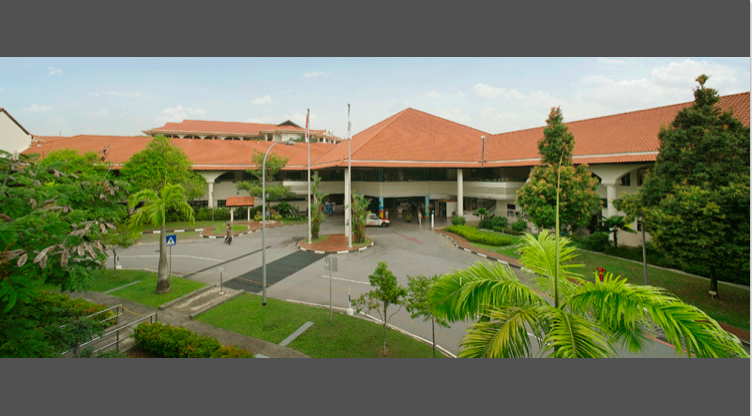By Victoria //
There is a rising number of people seeking help for mental health, but there is a shortage of beds in the psychiatric wards of government hospitals. This sometimes means they’d have to be transferred to IMH.
Yes, IMH!
Or otherwise nicknamed “Hougang Chalet”.
Whenever I mention “IMH” around people, their eyes would grow wider and their immediate response would be: “No! I am not mad, I don’t want to go there!” I too had similar reactions when I knew the doctor was writing me a referral to IMH in 2004, in my first encounter with depression.
Hence, I hope my story might help change your perceptions of IMH and allay fears of receiving care from there.
My last admission was in 2011. Allow me to give you a tour around the ward I stayed in.
I had opted to stay in the B2 ward (non-aircon), with 6 beds in every section. Male and female wards were separate.
One major difference between a psychiatric ward and a general hospital ward is that the main door to the ward would be locked. Patients were not allow to leave the ward as and when they liked, for instance to the common area of the hospital, even with the company of their loved ones. Special permission needs to be obtained from the psychiatrist before patients were allowed to leave their ward.
Addition layers of grills were installed at all windows. Overall, the entire ward was designed in such a way that it is “suicide proof”. This was to protect and to ensure the safety of IMH patients. Furthermore, this is to eliminate risk of suicide – a common ideation for one suffering from mental illness.
Patients were not confined to their wards all day. In fact, they were encouraged to interact with others. Patients would be directed to a spacious living area just outside their bedrooms. This area was where meals are served, held along with other daily activities, such as exercise, TV-time, board games (they were available during my stay).
Nothing I feared or imagined had materialised during my entire stay there in 2011. Other than seeing some patients talk to themselves because they suffer from mild schizophrenia or psychosis, there were no “crazy people” who went around beating people or showed extreme “odd” behaviour. I believe all the patients are carefully assessed and then allocated to the ward that best fit them. Hence rest assured; IMH it is not what many presumed it to be – a place filled with “crazy” people.
In IMH, every patient is well taken care of by a team of medical professionals and the levels of treatment interventions are carefully planned. Each day the psychiatrist in charge of the ward will do his/her round to visit the patients. Psychologists, counsellors and medical social workers are also scheduled to see the patient and to offer further assistance should there be a need. Thus, I would say that IMH provides a comprehensive treatment plan for every patient.
Hopefully with this sharing, you now have a slightly better understanding of IMH and not be so resistant to the idea of receiving treatment there.
Just like the general hospitals treat general medical conditions, similarly IMH is a hospital that specialises in treating mental health conditions.
Fighting the stigma associated with IMH may take a while. Today, we continue to see many lives and inspiring men and women in our society, who had also once received treatment in IMH. There is no shame in getting help. So do consider IMH as a treatment option should you be caught in a situation whereby the general hospital do not have any place in their psychiatric ward.
(Disclaimer: I am not promoting IMH. Opinions are all based on personal experience only.)
Victoria T. is a mental health advocate who recently graduated with a Bachelor’s Degree in Counselling with Merit. She is passionate about helping others who have been in her shoes.


3 responses to “My Stay in “Hougang Chalet”: Victoria’s Story”
I heard people mention something about electro-shock therapy being performed at Buangkok and that Amos Yee was one of the recipients. How far is it true?
Hi Andrew. From what we know so far, ECT is performed at IMH. You might wish to know more here – http://www.webmd.com/depression/guide/electroconvulsive-therapy
However with regards to Amos Yee, we wouldn’t know so we can’t comment on that.
I’ve been warded there too. First experience was horrible as i was warded post suicide attempt. There’s no privacy at all. I was being watched even when i bath.it was really embarrassing. The room looks like a prison and doors were locked. Hp was also kept away from me. Second admission was slightly better. Like what you’ve said, there’s a living rm where patients are encouraged to interact. But i opted for private single rm as i was afraid of things turning out like my first experience. It wasn’t a bad place to recuperate. Just that it’s sad that company still has stigma towards ppl with depression. I had to take annual leave for the hospitalisation as i couldn’t let them know I’m seeking treatment there.